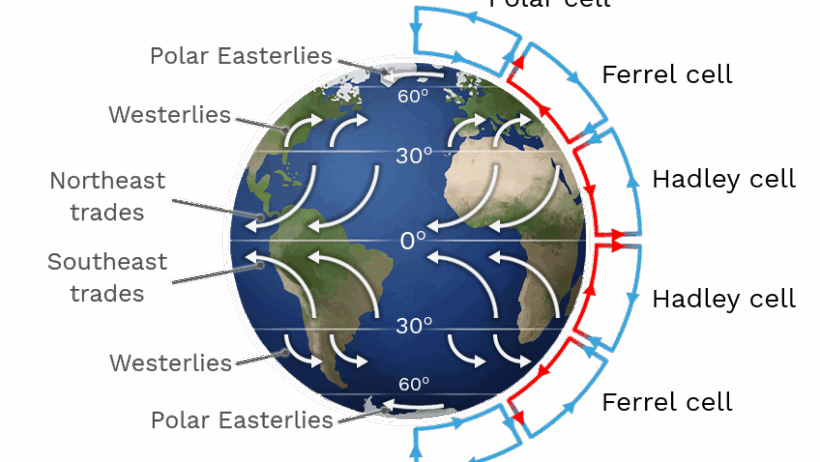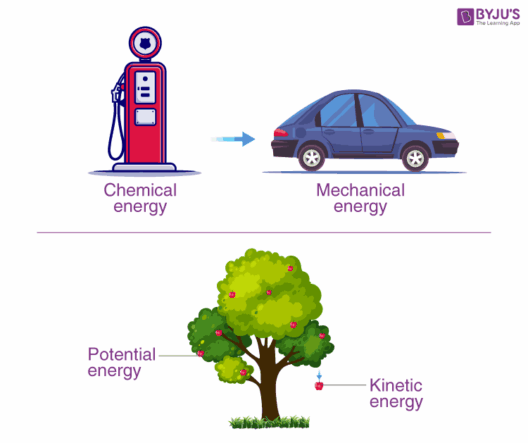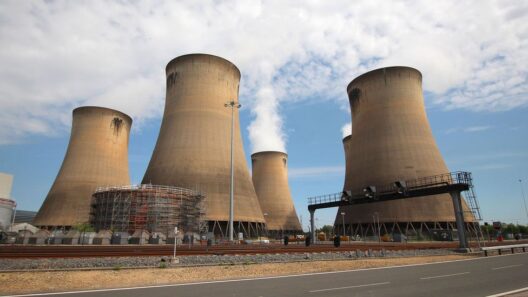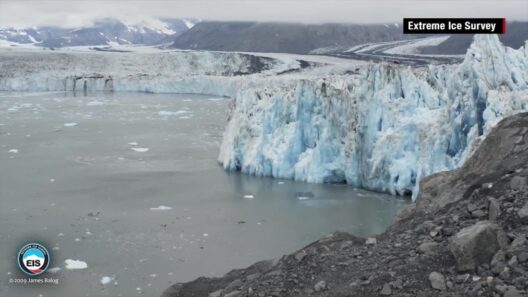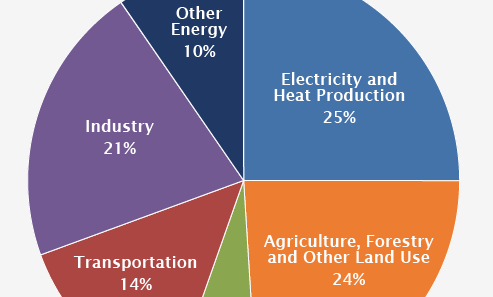Climate change, a term that has pervaded discussions regarding environmental degradation, inevitably ties itself to the intricate web of atmospheric patterns. As global temperatures rise due to anthropogenic factors, particularly the omnipresent greenhouse gas emissions, we witness a profound transformation in wind patterns across the Earth’s surface. This alteration not only affects our daily weather but influences ecological systems, agriculture, and even our health. Understanding these shifts in atmospheric patterns is essential, not only to adapt but to devise strategies for mitigation and resilience.
The atmosphere is a dynamic and complex system where heat, moisture, and air currents constantly interact. At the core of this system are the prevailing winds, which operate on a micro to macro scale, playing a substantial role in transporting heat and moisture around the planet. However, as the Earth warms, these winds shift in both direction and intensity, creating a cascade of ramifications that ripple through different layers of our atmosphere.
Primarily, one must consider the concept of thermal gradients. The Earth’s equatorial regions, receiving more solar energy, are significantly warmer than the polar regions. Typically, a balance is maintained as warm air rises in the tropics and descends in the subtropics. However, with global warming, this equilibrium is disrupted. The differential heating intensifies, leading to more vigorous winds in some areas while diminishing them in others. This is often manifested as an amplification of extratropical cyclones, which can lead to more abrupt and severe weather events.
These extreme weather patterns, fueled by the augmented energy in the atmosphere, can result in catastrophic consequences such as prolonged droughts, torrential rains, and intensified storms. For instance, the poleward shift of the jet stream, a significant player in mid-latitude weather patterns, has been observed repeatedly. This migration can engender weather anomalies, prolonging heatwaves or exacerbating floods, resulting in significant disruption to agriculture and natural ecosystems.
The implications do not stop at mere meteorological curiosities. Changes in wind patterns can also affect ocean currents, altering temperatures and salinity levels, which can disrupt marine biodiversity. Coral reefs, for instance, are particularly sensitive to these changes. As ocean temperatures rise, coral bleaching becomes more prevalent, stressing ecosystems that are vital not just for marine life but also for human populations relying on fishing for their livelihoods.
In addition to these ecological repercussions, the alteration of atmospheric circulation has profound implications for human health. With shifts in weather patterns, the prevalence of vector-borne diseases can increase due to warmer temperatures expanding the range of carriers like mosquitoes. This could lead to widespread outbreaks of diseases such as malaria and dengue fever in regions previously considered safe. Furthermore, air quality is adversely impacted as pollution stagnates in certain areas, leading to increased respiratory ailments among populations.
One must also address the socio-economic dimensions of these changes. Regions that heavily depend on agriculture face volatile conditions that can threaten food security. Altered precipitation patterns may lead to crop failures, necessitating a reevaluation of agricultural practices to incorporate climate-resilient crops. Farmers, once accustomed to predictable weather cycles, now must pivot quickly to strategies that can withstand unpredictability.
Interestingly, these shifts in atmospheric dynamics offer a dual perspective. On one hand, they present dire challenges; on the other, they signal the opportunity for innovation and transformation. Understanding the complexities of atmospheric changes can inspire advancements in renewable energy technologies. For instance, an increase in wind patterns in certain regions could make wind energy harvesting more efficient, providing a sustainable alternative to fossil fuels.
Moreover, enhancing scientific observation and climate modeling can lead to better preparedness. With the advent of technologies such as artificial intelligence and big data analytics, predicting atmospheric changes with greater precision has become possible. This can lead to timely interventions and strategies tailored to specific regional needs, addressing both mitigation and adaptation concurrently.
In embracing a holistic understanding of atmospheric changes, communities are empowered to advocate for structural changes that combat climate change. Local initiatives, coupled with global cooperation, can foster resilience against the upheavals brought by shifting winds. For example, community-led reforestation projects not only capture carbon but help stabilize local microclimates, reestablishing a balance that aids in fostering biodiversity.
In conclusion, the influence of global warming on atmospheric patterns serves as a clarion call for urgent action and substantive change. While the challenges are formidable, recognizing the interconnectedness of winds, weather, and human activity invites a new perspective on climate issues. By cultivating an awareness that melds scientific inquiry with grassroots action, society can harness the winds of change to forge a sustainable future. A fusion of adaptation, mitigation, and innovation holds the promise for not only facing the realities of climate change but overcoming them through concerted, collective efforts.



